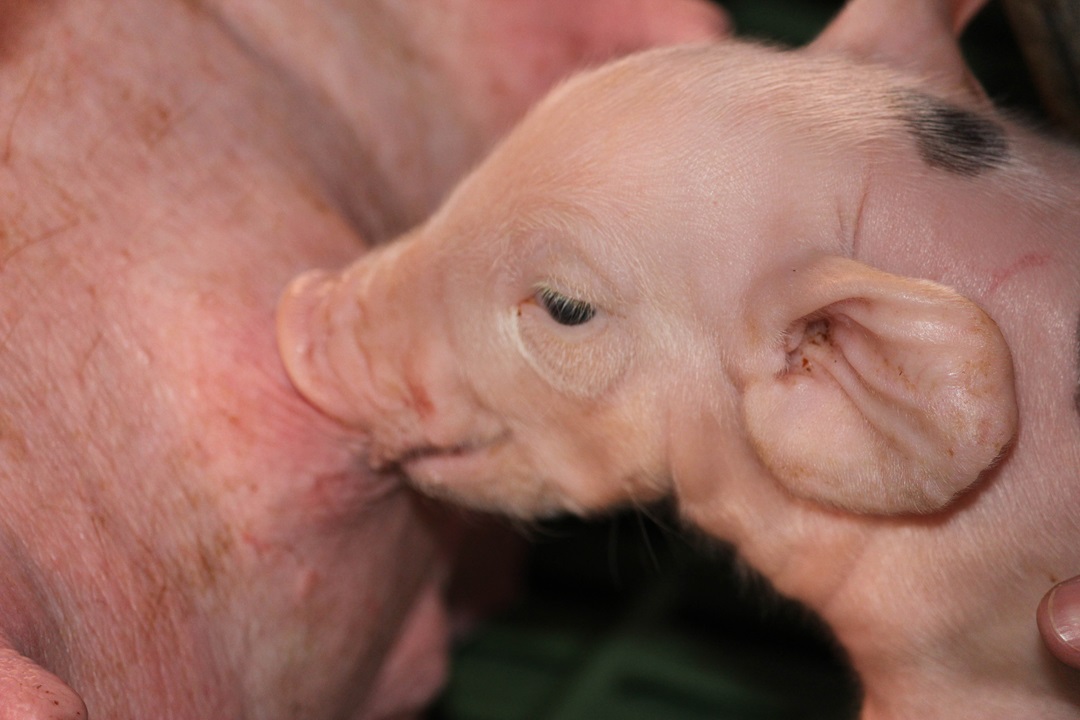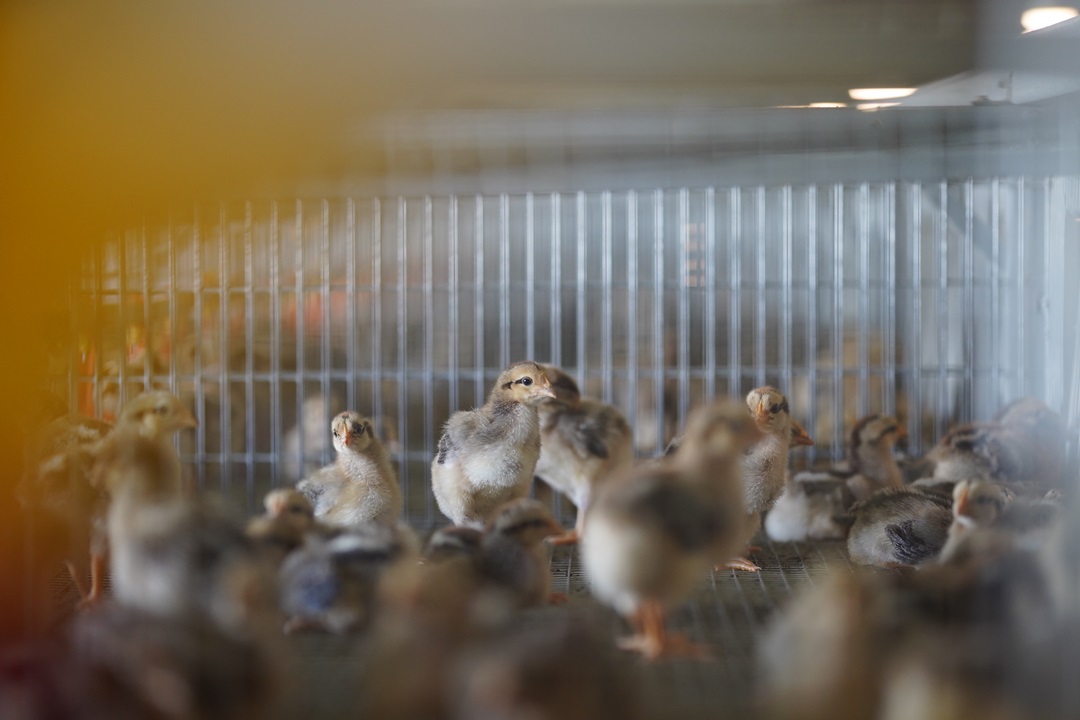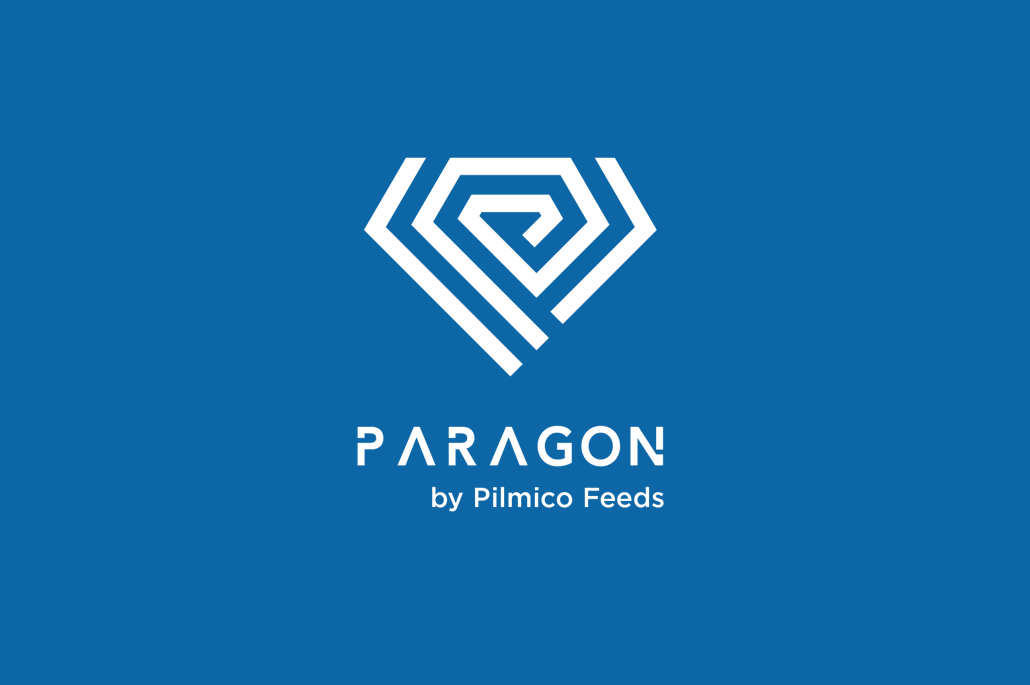
Understanding Uterine Capacity to Increase Litter Size
The pursuit of larger litter sizes in pig production has often been accompanied by concerns about piglet survival and health. Our previous article, Advancing Pig Production: Genetic Strategies for Improved Litter Size and Survival, addressed this topic, demonstrating how genetic selection for traits such as increased birth weight and teat count, coupled with non-genetic interventions like precision feeding and enhanced colostrum intake, can mitigate risks. Now, we delve deeper into a critical factor influencing litter size and piglet viability: uterine capacity.
The Role of Uterine Capacity in Piglet Survival
For decades, increasing litter size through genetic selection or hormonal treatments has faced biological limitations. While sows can release 44–60 eggs annually, only 30–40% of embryos typically survive, resulting in 30–36 piglets born alive per sow per year. This is largely due to uterine capacity—the ability of the uterus to provide nutrients and space to support fetal development until farrowing.
Uterine capacity is influenced by several factors, including uterine space, placental nutrient transfer efficiency, and the fetus’s ability to utilize those nutrients. When uterine resources are strained, embryonic loss, runting, and reduced postnatal survival become more prevalent. In large litters, piglets are often smaller at birth due to increased competition for nutrients, which exacerbates these challenges.
Physiology of Intrauterine Growth Restriction (IUGR)
One of the most significant outcomes of limited uterine capacity is intrauterine growth restriction (IUGR). IUGR piglets are characterized by lower birth weights and distinctive body shapes, such as a “dolphin-like” head, resulting from the brain-sparing response to fetal undernutrition. These piglets face higher preweaning mortality rates—up to 40% for piglets weighing less than 1 kg, compared to 7% for those over 1.6 kg.
IUGR is closely linked to placental quality. Poor placental development reduces the transfer of nutrients to the fetus, particularly in crowded uterine environments. While some breeds, like the Chinese Meishan, have placental adaptations to optimize nutrient transfer, such compensations have limits. For hyperprolific sow lines, the increased litter size often correlates with higher rates of stillbirths and preweaning mortality.
Interestingly, genetic selection presents an opportunity to reduce IUGR prevalence. Studies have demonstrated a heritability of 0.2 for IUGR traits, indicating that targeted breeding could improve outcomes.
Nutritional Strategies to Enhance Fetal Development
Effective nutritional management before and during gestation plays a pivotal role in mitigating the effects of limited uterine capacity.
Preparing the Sow for Gestation
Sow nutrition during lactation directly impacts the uniformity of piglet birth weights in subsequent litters. Excessive weight loss during lactation can lead to smaller and less viable piglets. Strategies to enhance oocyte quality before ovulation include feeding energy-rich or fermentable fiber diets, which not only improve reproductive outcomes but also reduce IUGR incidence.
Improving Placental Efficiency
Targeted supplementation during gestation can enhance placental function, leading to better fetal development.
L-arginine plays a vital role in producing nitric oxide, which improves placental blood flow. Studies indicate that supplementing gilts with L-arginine during gestation can increase total litter birth weight by up to 32%. Similarly, L-carnitine, known for its role in energy metabolism, has been shown to boost piglet birth weight by 2.7–7.9%, contributing to overall reproductive efficiency in swine production.
Optimizing Fetal Development Through Maternal Nutrition
Efforts to enhance fetal growth and piglet vitality through maternal nutrition have explored various strategies, but responses have been inconsistent across studies and commercial conditions. Increasing nutrient supply to sows during late gestation, when fetal growth is maximal, has shown only modest improvements in piglet birth weight, with studies reporting increases of just 50–100 g despite substantial dietary enhancements.
Similarly, sow feeding strategies have been investigated to improve piglet energy reserves. Feeding sows 10% fat from day 84 of gestation, using sources like soybean oil, coconut oil, or medium-chain triglycerides (MCTs), increased piglet glycogen stores by up to 20%, with MCT and coconut oil proving more effective than soybean oil. Additionally, maternal diets enriched with n-3 long-chain polyunsaturated fatty acids have been linked to improved neural maturity in piglets, reducing the time from birth to standing and suckling.
Despite these findings, widespread commercial adoption of such nutritional interventions remains limited due to variability in maternal genotypes, management practices, and prolificacy, making it challenging to generalize small-scale research outcomes to diverse commercial settings. Further large-scale trials are needed to establish cost-effective and reliable feeding strategies that maximize fetal development and improve piglet survival.
Managing Maternal Stress to Improve Fetal Development
Beyond nutrition, maternal stress is a critical factor influencing fetal development in swine. Studies have demonstrated that gestational stress can significantly impact the physiological maturity of piglets, although its effect on birth weight remains inconsistent. These variations may be attributed to differences in maternal corticosteroid and catecholamine responses across experimental models. Additionally, prenatal stress has been implicated in increased transplacental passage of maternal glucocorticoids and placental insufficiency, potentially contributing to intrauterine growth restriction (IUGR) in piglets. While further research is needed to fully understand these mechanisms, the evidence underscores the importance of managing gestational stress in sow production.
Pilmico’s Swine Veterinary Services and Technical Specialist Michelle Guingon, effective gestational stress management follows the rule of three: addressing environmental, nutritional, and health-related factors. Proper ventilation, access to clean drinking water, and appropriate stocking density are essential in mitigating environmental stressors, including heat stress. Maintaining a consistent feeding schedule helps minimize agitation among sows, reducing stress-related behaviors. Additionally, preventing health-related stressors—such as infections and physical injuries like lameness—ensures the well-being of pregnant sows, ultimately supporting optimal fetal development.
Given the potential long-term impact of maternal stress on piglet viability, prioritizing sow welfare is essential for sustainable and productive swine operations. A comprehensive approach that integrates environmental management, nutritional consistency, and proactive health measures can help reduce stress during gestation, fostering healthier litters and improving overall production outcomes.
A Multifaceted Approach to Maximizing Litter Size and Survival
Neonatal piglets face significant physiological challenges, which are further exacerbated by the high litter sizes of hyperprolific sow lines, which increase the incidence of intrauterine growth restriction (IUGR). To improve piglet survival, nutritional and management strategies must be optimized to enhance fetal development, support thermoregulation, and ensure sufficient colostrum intake—topics that will be explored in future newsletters.
Dr. Michelle Guingon highlights an additional consideration beyond nutrition and management: “While we’ve discussed nutrition and management strategies to counter IUGR, we can also consider the body weight and growth rate of gilts when selecting breeder stocks, as these factors significantly influence sow capacity and piglet birth numbers.” Research by Tummaruk and Kesdangsakonwut (2014) found that gilt body weight and growth rate are strongly correlated with uterine size, with those growing at 500–599 g/day having a larger uterus than those growing at <400 g/day. This suggests that proper gilt selection based on growth performance could enhance uterine capacity and ultimately increase litter size.
As we continue to advance in pig production, it is vital to consider how genetics, nutrition, and environment interact to shape outcomes. For more insights on improving litter size and survival, revisit our previous article on genetic strategies and stay tuned for upcoming discussions on precision feeding and microenvironment optimization.



